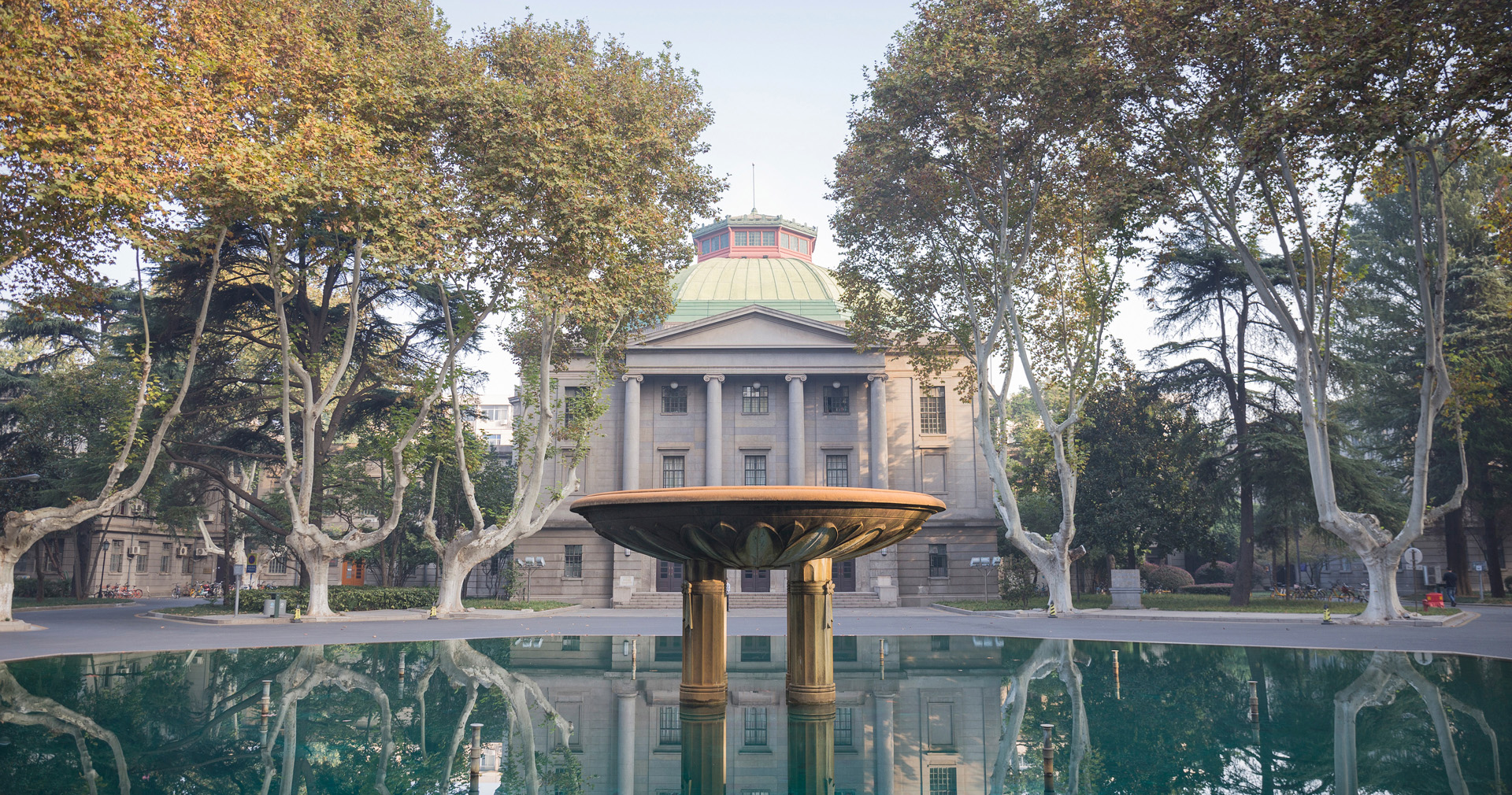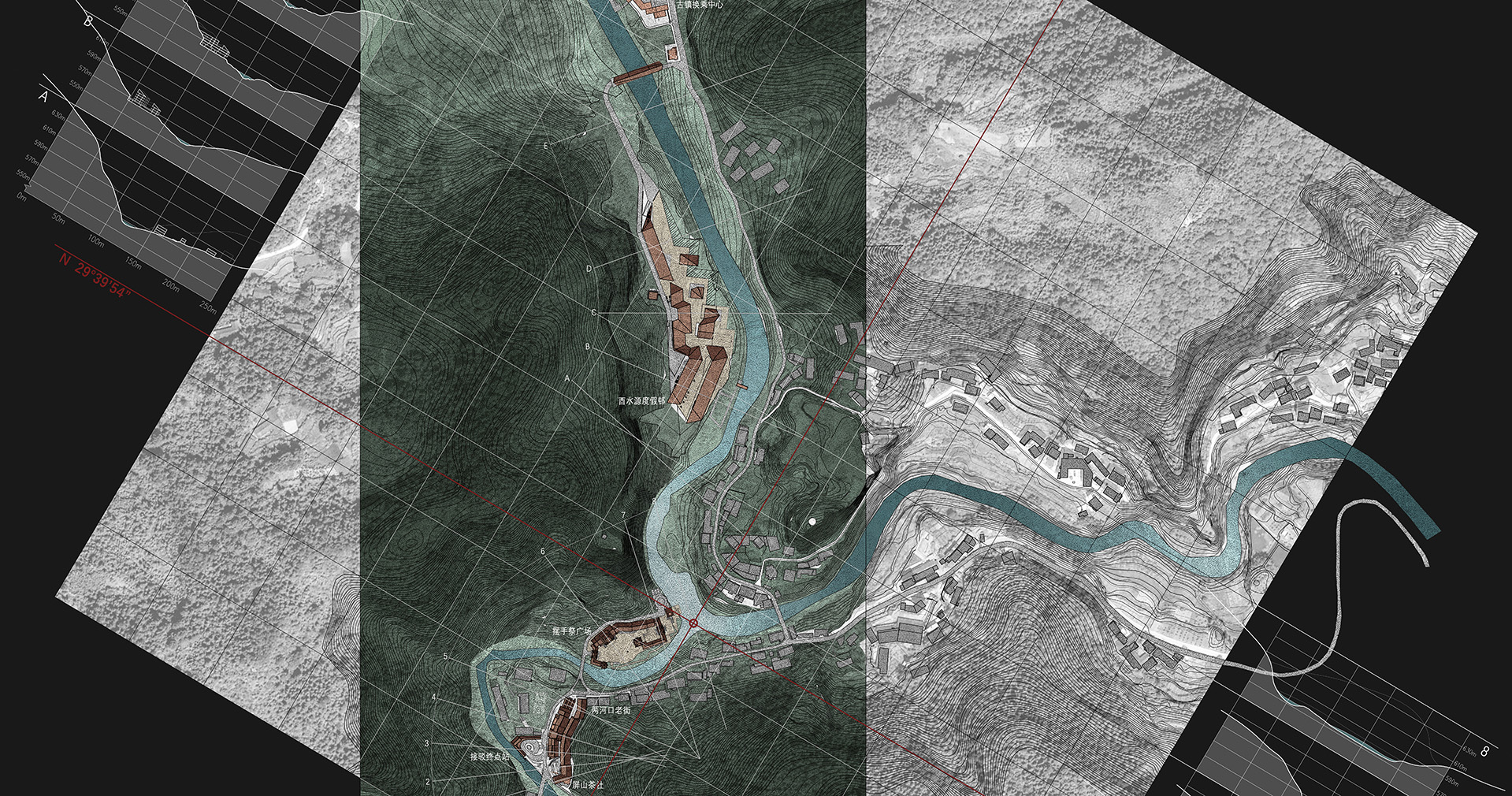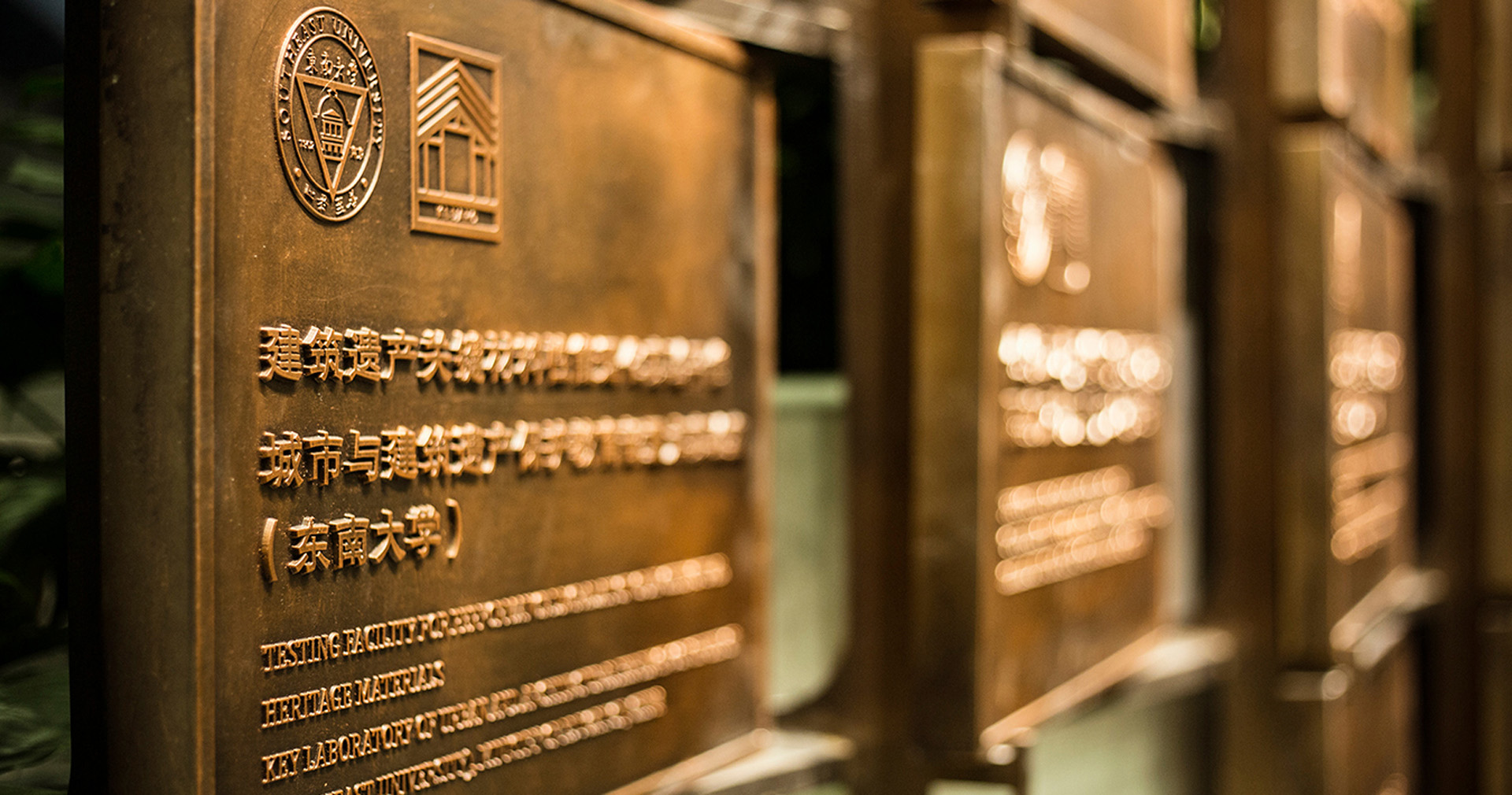Frontiers of Architectural Research
Volume 6/ Issue 3/ Septemper 2017 (p273 –p430)
1. Framework for automatic generation offacades on free-form surfaces (USA)
Diego Andrade, Mikako Harada, Kenji Shimada
2. Toward time-based design: Creating anapplied time evaluation checklist for urban design research (IRAN)
Amir Shakibamanesh, Mahshid Ghorbanian
3. Students׳ motivation for architectureeducation in Uganda (UK)
Mark R.O. Olweny
4. Using nature in architecture: Building aliving house with mycelium and trees (Belgium)
Farzaneh Soflaei, Mehdi Shokouhian, AmirSoflaei
5. Traditional courtyard houses as a modelfor sustainable design: A case study on BWhs mesoclimate of Iran (USA)
Farzaneh Soflaei, Mehdi Shokouhian, AmirSoflaei
6. Traditional manufacturing of clay brickused in the historical buildings of Diyarbakir (Turkey)
Neslihan Dalkılıç, Adnan Nabikoğlu
7. Application of AI methods in the clusteringof architecture interior forms (IRAN)
Maryam Banaei, Ali Ahmadi, Abbas Yazdanfar
8. A study on the condition of temporaryhousing following disasters: Focus on container housing (CHINA)
Yan Hong
9. Typology of religious spaces in theurban historical area of Lhasa, Tibet (CHINA)
Yingzi Zhang, Tao Wei
10. Successes and failures ofparticipation-in-design: Cases from Old Havana, Cuba (CANADA)
Arturo Valladares
11. Performance assessment of buildings viapost-occupancy evaluation: A case study of the building of the architecture andsoftware engineering departments in Salahaddin University-Erbil, Iraq (IRAQ)
Faris Ali Mustafa
WUXI HARBOUR BRIDGE


LOCATION: Dingshu Town, Yixing, Jiangsu Province,P. R. China
PROJECT OWNER: Construction Bureau of Dingshu
DESIGNER: JIAN JIAO, XING ZHENG, TIANCHENDAI
PROFILE: Wuxi harbour Bridge lies on the bank of Taihu, Dingshu Town. It is rich in bamboos in the Town, and exquisite processing technology of bamboo is preserved. In the site, the images of mountain, river, fog and wind are projected on the form of the bridge. The bamboo formwork is used in pouring the concrete on the handrails of the deck and the texture of bamboo is kept. Removable and replaced bamboo nets are installed within the steel structure, which assures the low cost in maintenance, also the light-weighted and transparent visual effects.
Wuxi Harbour Bridge lies in Dingshu Town, Yixing, Jiangsu Province. Dingshu Town is located on the bank of Taihu, conjoining Jiangsu, Zhejiang and Anhui provinces. Dingshu Town is an ancient town located to the South of the Yangtze River, possessing a history of over thousand years with profound cultural heritage. This town teems with time-honored purple clay in superior quality and is famous for its well-developed modern pottery industry. Large numbers of ingenious handicraftsman skilled in craftwork of pottery work here. Aside from purple clay, here is also crawling with bamboos, and exquisite processing technology of bamboo is preserved.

The bridge is nearly 100-meter long, stretching across Wuxi Harbor, two ends respectively connecting the Taihu Greenway for cycling and strolling, and the recreational area in Lanshan, Fudong, standing as a significant landscape node in Taihu basin.
▼ bird view

Based on the existing bridge structure, the deck and fence parts are designed. The intertwining images of mountain, river, fog and wind fabricating the site are projected onto the form of the bridge.
http://www.ees.elsevier.com/foar/
http://www.sciencedirect.com/science/journal/20952635
http://www.sciencedirect.com/science/journal/20952635/6/3







